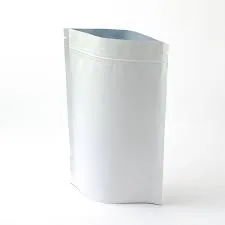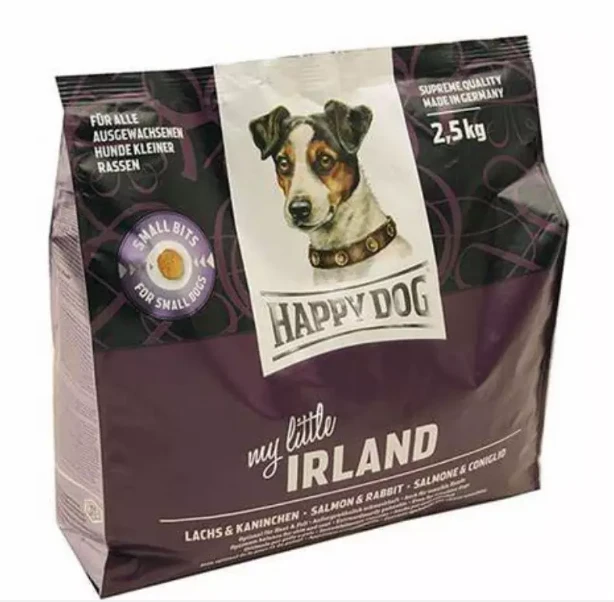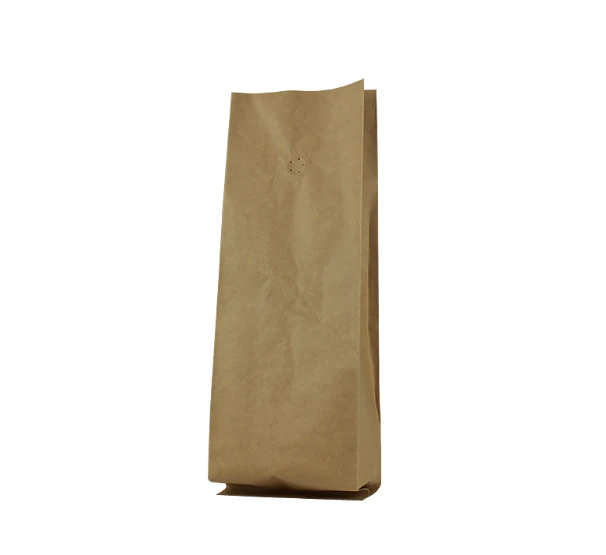- Afrikaans
- Albanian
- Amharic
- Arabic
- Armenian
- Azerbaijani
- Basque
- Belarusian
- Bengali
- Bosnian
- Bulgarian
- Catalan
- Cebuano
- chinese_simplified
- chinese_traditional
- Corsican
- Croatian
- Czech
- Danish
- Dutch
- English
- Esperanto
- Estonian
- Finnish
- French
- Frisian
- Galician
- Georgian
- German
- Greek
- Gujarati
- haitian_creole
- hausa
- hawaiian
- Hebrew
- Hindi
- Miao
- Hungarian
- Icelandic
- igbo
- Indonesian
- irish
- Italian
- Japanese
- Javanese
- Kannada
- kazakh
- Khmer
- Rwandese
- Korean
- Kurdish
- Kyrgyz
- Lao
- Latin
- Latvian
- Lithuanian
- Luxembourgish
- Macedonian
- Malgashi
- Malay
- Malayalam
- Maltese
- Maori
- Marathi
- Mongolian
- Myanmar
- Nepali
- Norwegian
- Norwegian
- Occitan
- Pashto
- Persian
- Polish
- Portuguese
- Punjabi
- Romanian
- Russian
- Samoan
- scottish-gaelic
- Serbian
- Sesotho
- Shona
- Sindhi
- Sinhala
- Slovak
- Slovenian
- Somali
- Spanish
- Sundanese
- Swahili
- Swedish
- Tagalog
- Tajik
- Tamil
- Tatar
- Telugu
- Thai
- Turkish
- Turkmen
- Ukrainian
- Urdu
- Uighur
- Uzbek
- Vietnamese
- Welsh
- Bantu
- Yiddish
- Yoruba
- Zulu
Creating Custom Packaging Solutions for Your Product Needs
The Art and Science of Making Packaging Boxes
In today's fast-paced market, the importance of effective packaging cannot be overstated. Packaging serves not only as a shield for the products but also as a crucial marketing tool. Among the various forms of packaging, boxes are perhaps the most versatile and widely used. Understanding how to make packaging boxes involves a blend of design creativity and material science.
Understanding the Purpose of Packaging Boxes
Before delving into the specifics of how to make packaging boxes, we must first understand their purpose. Packaging boxes protect products from damage during storage and transit, provide a means for branding, and enhance the unboxing experience for the customer. Moreover, they offer vital information regarding the product, such as usage instructions, ingredients, and safety warnings. A well-designed packaging box can significantly influence a customer's purchasing decision, making it an essential element in any business strategy.
Materials Used in Packaging Boxes
The creation of packaging boxes starts with selecting the right materials. The most common materials used include cardboard, corrugated board, paperboard, and plastic.
1. Cardboard Lightweight yet sturdy, cardboard is frequently used for shipping boxes. It provides excellent protection for various products and can be easily printed on for branding purposes.
2. Corrugated Board This type of cardboard features a wavy layer in between two flat layers, providing additional strength and cushioning. It is ideal for heavier items and ensures that products arrive at their destinations unscathed.
4. Plastic While not as environmentally friendly, plastic packaging can be highly durable and is often used for items that require airtight sealing or moisture resistance.
making packaging boxes

Designing the Box
Once the material is chosen, the next step involves designing the box. This process typically begins with creating a prototype. Using design software like CAD (Computer-Aided Design), packaging engineers can craft a 3D model of the box. Considerations include size, shape, and structural integrity, all while ensuring that the design meets the product specifications.
Additionally, aesthetics play a vital role in box design. Choosing the right color, font, and graphics can elevate a simple box into an eye-catching piece of art. Effective use of branding elements, such as logos and taglines, will help establish brand identity and connect with consumers.
Manufacturing the Box
The manufacturing process of packaging boxes can vary widely based on the materials and design. For cardboard and paperboard boxes, the process usually involves cutting, scoring, and folding the material into the correct shape. I die-cutting method can be employed for more intricate designs, allowing multiple boxes to be cut simultaneously for efficiency.
In the case of corrugated boxes, a more complex process is involved. After the layers are assembled, they are glued, stitched, or stapled together to form a robust structure. Automation plays a significant role in this stage, as many manufacturers use machines to streamline production and maintain consistency across large orders.
Sustainability in Packaging
In recent years, sustainability has become a critical consideration in the packaging industry. Many consumers are seeking eco-friendly options, prompting companies to look for biodegradable materials and recyclable options. Innovative designs that minimize waste and maximize recyclability are increasingly in demand, pushing manufacturers to rethink traditional methods.
Conclusion
Making packaging boxes is a multifaceted process that merges creativity with technical precision. From selecting the right materials to crafting the perfect design, every step is crucial in creating a box that not only protects a product but also enhances its marketability. As the industry evolves, so too does the need for sustainable practices, ensuring that the art and science of packaging continue to grow in an eco-conscious world.













